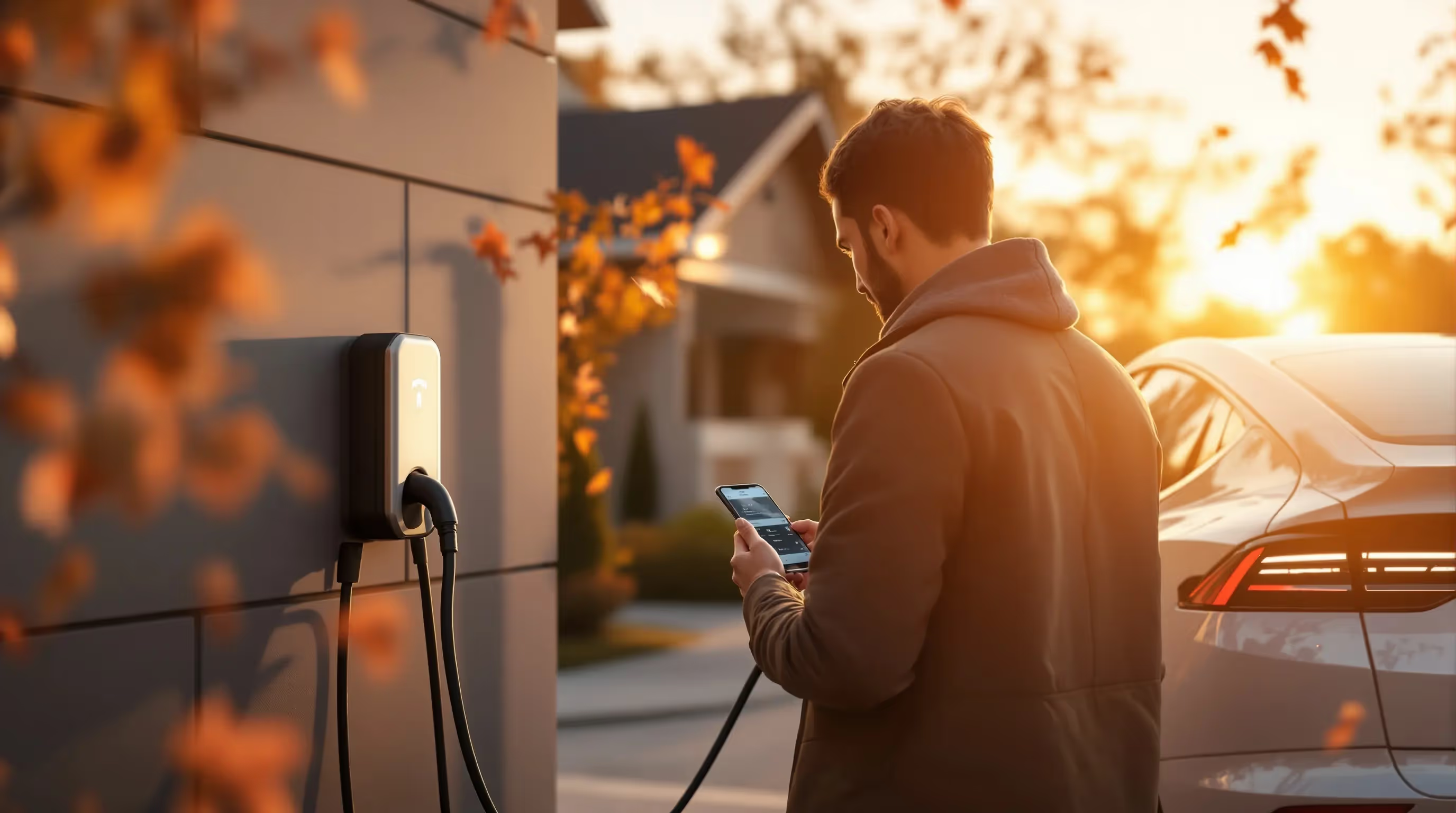
The EV tax credit expiration on September 30, 2025, ended federal incentives that helped consumers buy electric vehicles under the Inflation Reduction Act. The clean vehicle tax credit, worth up to $7,500 for new cars and $4,000 for used ones, officially expired, reshaping prices for buyers and dealers nationwide.
The federal tax credit for clean vehicles applied to both new and used electric cars purchased before September 30, 2025. According to the IRS, vehicles must have been acquired on or before that date to qualify, even if they were placed in service later. The clean vehicle tax credit offered up to $7,500 for new vehicles and $4,000 for used ones, depending on income limits and vehicle type.
The IRS confirmed, “The New Clean Vehicle Credit, Previously-Owned Clean Vehicle Credit, and Qualified Commercial Clean Vehicle Credit are not available for vehicles acquired after September 30, 2025.” To claim the credit, taxpayers must provide a valid vehicle identification number, proof of purchase, and documentation showing the vehicle met the gross vehicle weight rating and retail price requirements. Buyers who entered into a binding contract and made a payment before the deadline can still claim the credit on their tax return.
With the loss of federal EV tax credits, the effective price of most electric vehicles has risen by $4,000 to $7,500. Many consumers who relied on these credits to save money now face higher upfront costs, while some dealers are revising their retail prices to stay competitive. Manufacturers are also reassessing production and marketing strategies as the clean vehicle market transitions away from federal subsidies.
Dealers no longer need to process point-of-sale credit transfers through the IRS system, which simplifies administrative work but removes a key incentive that boosted EV sales. Vehicles placed in service after the deadline will not qualify for any federal clean vehicle credit unless they were acquired before the cutoff date. Leasing programs and manufacturers that previously factored in the credit’s value must now rely on consumer demand and energy efficiency advantages to maintain sales.
Although the main federal EV tax credits have expired, one related program remains in effect. The alternative fuel vehicle refueling property credit is still available through July 1, 2026. It covers up to 30 percent of installation costs for charging equipment or recharging property, with a maximum credit amount of $1,000 for residential properties and higher limits for commercial projects.
The IRS notes that installing clean vehicle charging equipment can make electricity use more efficient and may add value to a property. This remaining incentive helps taxpayers offset the cost of owning an electric or fuel cell vehicle even without the clean vehicle credit. Buyers should also check state and local programs for potential rebates or additional property credit opportunities that support the transition to clean energy.
Taxpayers who purchased or leased qualifying vehicles before September 30, 2025, can still file for the credit by submitting IRS Form 8936 with their tax return. They must include the vehicle identification number, acquisition date, and proof of payment to confirm eligibility. Those with higher incomes should review modified adjusted gross income limits to ensure they qualify under federal rules.
Consumers who missed the federal deadline may still be eligible for the alternative fuel vehicle refueling property credit or state-level clean vehicle programs. The IRS recommends visiting its official website to review forms, confirm eligibility, and download current guidance on vehicle tax credits. For personal assistance or complex tax situations, taxpayers should talk to a qualified tax advisor before filing.
By William Mc Lee, Editor-in-Chief & Tax Expert—Get Tax Relief Now